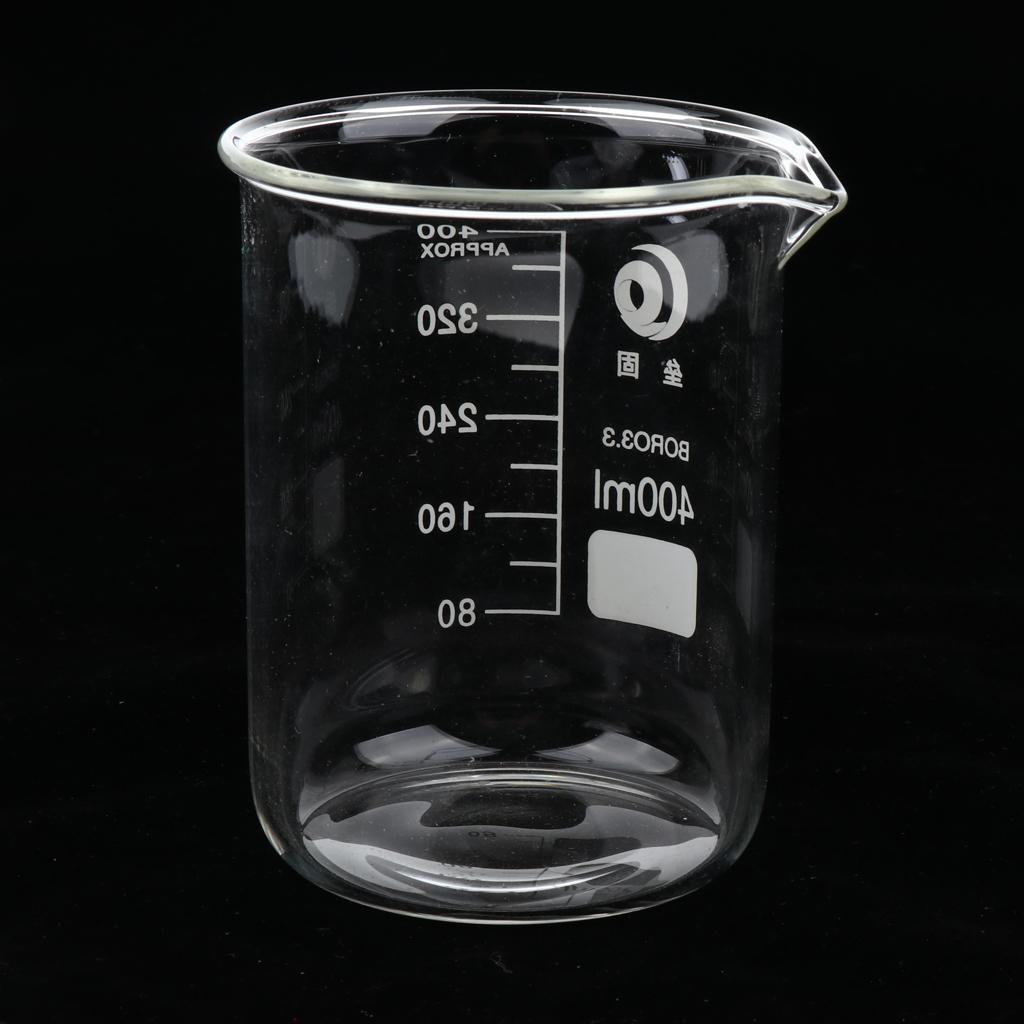
Most beakers are accurate to within ~10%. These marks are not intended for obtaining a precise measurement of volume (a graduated cylinder or a volumetric flask would be a more appropriate instrument for such a task), but rather an estimation. For instance, a 250 mL beaker might be marked with lines to indicate 50, 100, 150, 200, and 250 mL of volume. Alternatively, a beaker may be covered with another larger beaker that has been inverted, though a watch glass is preferable.īeakers are often graduated, that is, marked on the side with lines indicating the volume contained. Frequently used as a heat source in the absence of flammable materials. However, when in use, beakers may be covered by a watch glass to prevent contamination or loss of the contents, but allowing venting via the spout. Used to hold or clamp laboratory glassware and other equipment in place, so it does not fall down or come apart. The presence of a spout means that the beaker cannot have a lid. These beakers usually do not have a flat scale. Flat beakers (C) are often called "crystallizers" because most are used to perform crystallization, but they are also often used as a vessel for use in hot-bath heating. 50 ml, 100 ml, 250 ml, Glass Graduated Beaker Set 11 at Amazon 500 ml Beaker Mug.

These are sometimes called Berzelius beakers and are mostly used for titration. Instead, you’ll find me sipping water from it while perched in my Poäng, wistfully remembering (free) things past. "Tall-form" (B) beakers have a height about twice their diameter. Low form beakers are likely to be used in some way when performing a chemical experiment. All of our laboratory beaker glassware show here (flameware, flasks and beakers) are made from 100 borosilicate or laboratory glass. These are the most universal character and are used for various purposes-from preparing solutions and decanting supernatant fluids to holding waste fluids prior to disposal to performing simple reactions. Buy products such as Besufy 5Pcs Beaker,Lab Chemical Experiment Equipment Clear Low Form Borosilicate Glass. The beaker is convenient for short-term electrode storage between measurements.

The beaker has 20 mL graduations for quick and easy measurements. The common low form with a spout was devised by John Joseph Griffin and is therefore sometimes called a Griffin beaker. Shop for Beakers in Glassware and Plasticware. The parking beaker EasyPlace for the SevenDirect pH meter is robust and resistant to chemicals for most common lab applications. Standard or "low-form" (A) beakers typically have a height about 1.4 times the diameter.


 0 kommentar(er)
0 kommentar(er)
